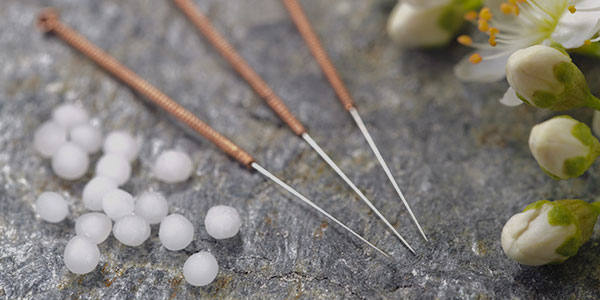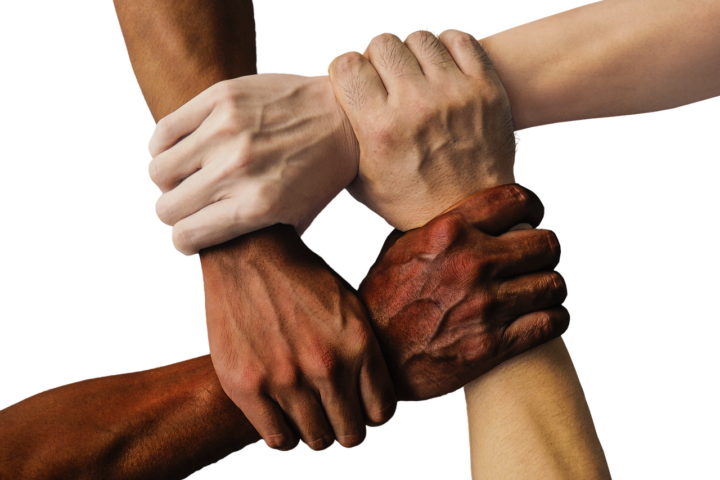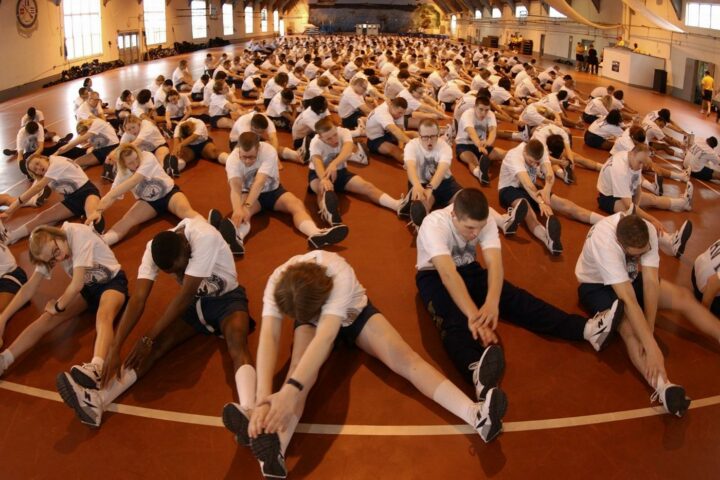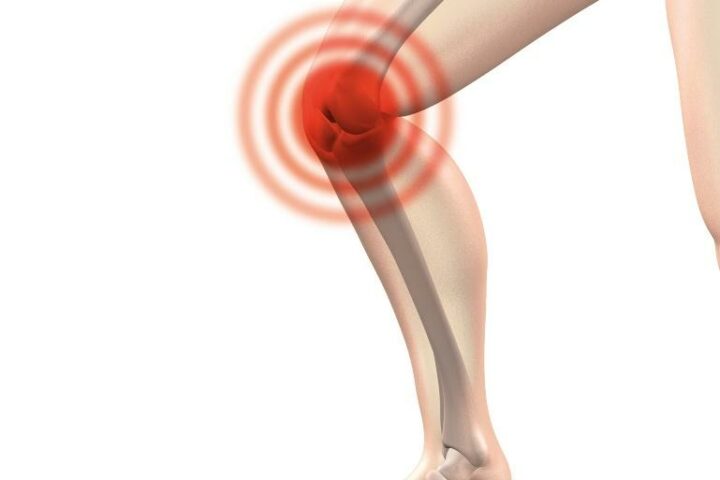Hi, my name is Yueh Yee Wong, and I am a Physical Therapist at Beyond Wellness. I received my DPT degree at the University of Miami (“The U”), and have been helping patients with various orthopaedic and neuromuscular issues since.
Today, I would like to talk about one of my favorite techniques for those patients who have painful myofascial trigger points – Dry Needling. I am a Certified Myofascial Trigger Point Therapist, which means I have taken courses and passed an exam to perform trigger point dry needling.
So what is a trigger point, you might ask? A trigger point is a taut band, or essentially a “contracture” of an area in a muscle fiber. These taut bands can form when there is overuse, weakness, or even pain in or around the site.
When patients continue to have difficulty with symptoms or have received other therapy techniques with little relief, it may be beneficial to try dry needling. There are sometimes misconceptions regarding how to address areas of pain. Many times, patients will perceive pain in an area of the body, and they will automatically think that specific area is the problem. However, this is not always the case. In fact, if the pain is originating from a myofascial trigger point, the perceived pain may be in an area away from the site of the actual trigger point. This is because muscles, quite amazingly, can have referred pain patterns. That can make it difficult for patients, and sometimes even practitioners to address the actual issue.
But, what IS dry needling, you say? Dry needling is a technique where a thin monofilament needle is inserted into the myofascial taut bands. There are actually many ways to do dry needling. The style that I do is very specific. Using my hands, I search for and locate trigger points that may be causing the symptoms, and then I insert the dry needle into the trigger point. The needling usually lasts about 30 seconds, during which the patient may feel a reproduction of their symptoms and possibly muscular twitching.
And then what happens? Then we stretch or perform soft tissue mobilization techniques. Sometimes there will be muscular soreness for 1-2 days afterwards, but once the soreness dissipates, many patients have told me they feel a decrease, and sometimes even NO feelings of their original symptoms!
So, if you feel you have been experiencing painful muscular tightness, or still have difficulty dealing with pain symptoms with other therapy techniques, you might want to consider giving dry needling a try!




